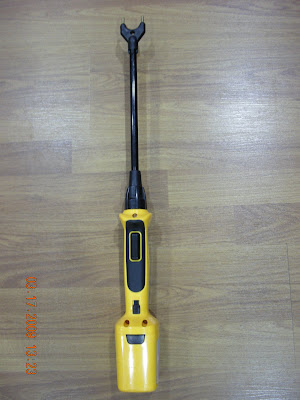
CALF MILK RELPACER
LNB Telilac calf milk replacer
There are a lot of reasons that speak in favour of the use of a calf milk replacer instead of the use of cow milk.That these reasons are good reasons is shown by the fact that many dairy farmers all over the world are using calf milk replacer instead of cow milk.
Advantages of Telilac calf milk replacer
1. Telilac has a constant composition. Due to seasonal effects the composition of fresh cow milk is not constant throughout the year.
2. Easily to digest. Breeding programs all over the world try to increase the fat and protein level in the cow milk.These levels are sometimes too high for young calves to digest and cause diarrhea.
3. Essential minerals and vitamins are added for healthy growth.
4. Contains a natural growth promoter which will cause an optimal growth of the calves.
5. Excludes problems with a high cell count in fresh milk or penicillin.
6. Reduces the risk of para-tbc infections on dairy farms.
Preparation
The mixing temperature of Telilac milk replacer should be around 50 degrees Celsius. At a temperature of 40 degrees Celsius the milk can be fed to the calf.The right temperature of the milk is very important because it stimulates the oesophageal groove reflex, which results in by-passing of the rumen.The oesophageal groove reflex is stimulated by:
Temperature of the milk replacer (the oesophageal groove reflex is only stimulated at the right temperature)
Right concentration of the milk replacer (minimum 100 gr of CMR per liter of water)
The method of feeding ( sucking reflex of calf should be stimulated)
Quantity ( too much milk replacer will cause digestion problems)
Regular interval between feeding times
Clean buckets will facilitate feeding and lower risk on diseases.
Feeding and management instructions
Prompt after birth the calf should be given colostrum as much and as often the calf will drink.The colostrum provides the calf with antibodies, which will result in a better health and less diarrhea problems. After feeding colostrom to the calf, Telilac milk replacer can be fed. Start in small portions (at least four times a day) and always provide clean water.
In the second week, start with giving the calf a starter in small portions. At this point fresh hay, with a good structure is still very important.The rumen will start to develop, which will lead to a higher milk production eventually. Also provide the calves with clean, fresh water. After 8 weeks the amount of Telilac milk replacer can be reduced in two weeks. Instead of milk replacer the amount of pelleted feed should be increased, to provide the animal with the required energy.







